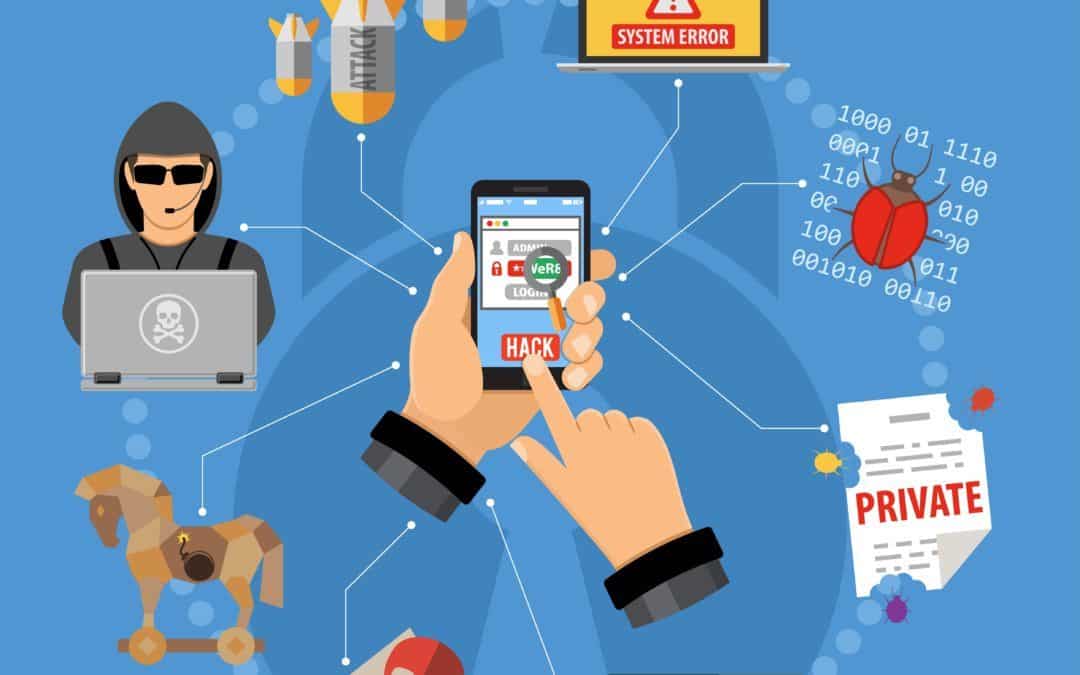Although it may seem as if hackers, criminals, and thieves prefer the challenge of attacking only seemingly impenetrable computer systems, this is not necessarily the case. While it is true that companies do need effective security measures in place to handle these types of impersonal attacks, hackers still frequently turn to more traditional methods of cyber attacks for one good reason.
As IT security methods continue to become more sophisticated, hackers sometimes find it more lucrative (and easier) to perform social engineering attacks that allow them to manipulate human behavior. Unfortunately, this is because staff members are either poorly trained (if at all) to spot hacking attempts or unlike a machine, they sometimes let their guard slip. Of course, hackers understand all too well that a busy or unsuspecting employee may eventually provide them with an opportunity to slip their way into a corporate system — they just need patience.
Top Social Engineering Attacks
- Phishing – All it takes is a credible-looking email with either a link or an attachment to click on, and an employee may either give away sensitive information or allow a virus to enter their corporate computer system.
- Spear Phishing – This is similar to traditional phishing attempts, except that hackers target a specific person in a company. Often the targets are in positions related to lucrative financial aspects of the company.
- Whaling – Rather than targeting one individual, whaling attempts involve attacking an entire level of higher management. This could be in companies or government agencies. Some of the attacks require a significant amount of research and are quite sophisticated in nature.
- Vishing – Vishing involves using a phone rather than email in order to impersonate a business. The hackers pretend to be a legitimate company simply making a business call. Their goal is to find unsuspecting employees who will provide them with sensitive corporate information, often banking details.
- Pretexting – This type of hacking also involves impersonation. A hacker may phone an employee and pretend to be the company’s IT vendor. They may state they are investigating a hacking attempt. Then that they need passwords and other sensitive information for specific computer systems.
- Baiting – A hacker may leave a memory stick somewhere in or outside of a company they want access to. An unsuspecting employee discovers the memory stick and plugs it into a company computer to determine what it contains. Unfortunately, the memory stick is loaded with a virus or other penetrative software.
- Tailgating – This is another type of hacking attempt that involves the physical presence of the hacker. In this scenario, a hacker pretends to be a delivery driver, company visitor, or facilities manager in order to gain access to unauthorized areas.
Summary
It’s difficult, if not impossible, for companies to stay up to date on all the latest technology pitfalls. Many hackers are very sophisticated, methodical, and patient. It takes a professional IT vendor who makes it their business to stay on top of all the latest technology security issues to develop an effective security training program for their clients. If you would like more information on security training for all of your staff members, please contact us.






